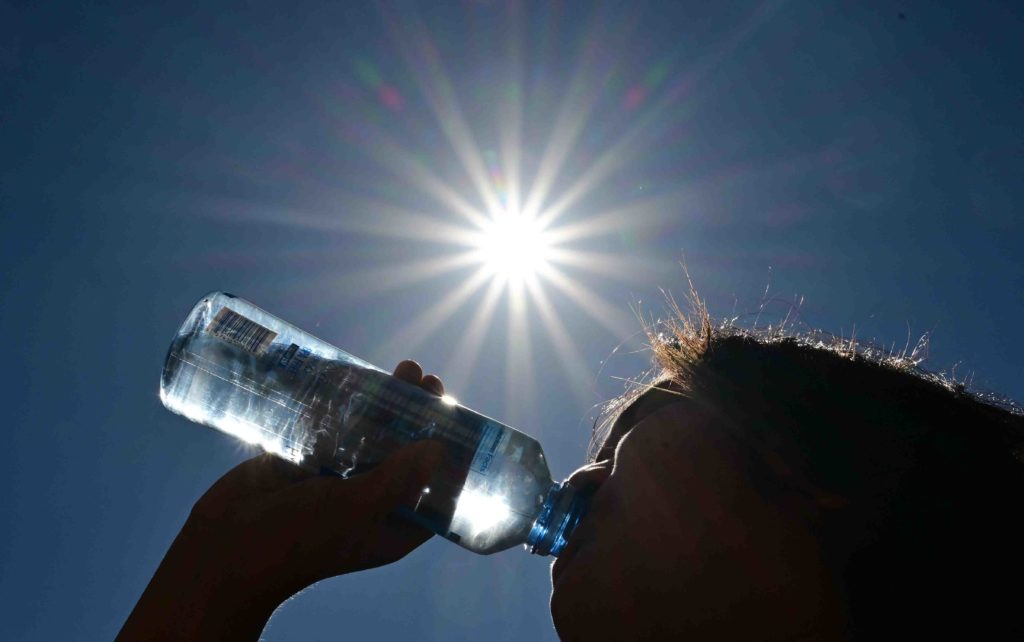The West Coast will continue to experience brutal temperatures on Tuesday as forecasters warn that the extreme heat will continue for the next few days. The heat wave that began just before the Labor Day weekend has already broken at least a dozen temperature records in California as the state struggles with drought, fire and water shortages.
“Extreme dangerous heat prevailed over much of the region on Monday, and numerous official temperature records were set or broken,” the National Weather Service said of the San Francisco Bay Area, including an initial 11 daily records and two monthly records.
In Livermore, the temperature soared to 116 degrees Fahrenheit on Monday, the hottest day on record, the service said. The previous record for Livermore was 108 degrees Fahrenheit in 1950. Kentfield also recorded its highest temperature since 1950 at 107 degrees Fahrenheit. San Francisco Airport, Oakland Museum, Salinas, San Jose Airport, King City, Redwood City, Napa, Gilroy and Santa Rosa also posted Bay Area daily records.
Rick Knabb, hurricane expert and head of tropical programs for The Weather Channel, said Sacramento hit 113 degrees on Labor Day, 21 degrees above the average temperature for the date, breaking its 1988 daily record of 108 degrees.
The service also noted that “countless” sites have temperatures above 110 degrees Fahrenheit, with several approaching 120 degrees. Afternoon temperatures were about 10 to 15 degrees higher along the coast in the Bay Area and about 20 to 35 degrees higher elsewhere.
Monday night brought little relief to the region, with overnight temperatures in the upper 80s to around 100 degrees Fahrenheit, the National Weather Service said. Tuesday is expected to be even hotter, with NOAA’s Weather Prediction Center warning of the potential for “dozens of new high temperature record days” across the western United States.
The Marin Coast Mountains, #SanFrancisco Bay shoreline, Salinas Valley and Santa Cruz area have been placed under an excessive heat warning for Tuesday.
A new heat advisory has been issued for the coastline from 11am to 8pm Tuesday #CAwx #CAheat pic.twitter.com/Mu65RivBXq
In Central California, several locations in the San Joaquin Valley also saw record highs, as many other areas saw temperatures just below 110 degrees Fahrenheit. Fresno has a 50-50 chance of hitting 112 or more on Tuesday, which would be the highest monthly record for the city since records began in 1887, the National Weather Service said. Hanford, Madera, Bakersfield and Merced could also set monthly records.
“Several monthly high temperature records for September are also within reach due to the late summer heat wave,” the agency predicted.
In its short-term forecast, the Weather Prediction Center also said that most of the Intermountain West could also see “highs around the century mark” and that the northern and central parts of the Plains will experience above-normal temperatures.
And records aren’t just being broken in California.
“Dozens of daily temperature records will be broken or may be broken in several states by the end of this week,” Knabb said. “…Wednesday, Las Vegas is forecast to hit a record high of 108 for the day, which was set just last year.”
The extreme heat is expected to last until at least Thursday – and has already taken a toll on the state’s infrastructure.
According to CBS San Francisco, Livermore’s record-breaking Monday heat was broken by 3,500 customers early Tuesday morning. Many are still without power as temperatures were already in the mid-70s as of 8 a.m. PG&E expects power to be restored by 3 p.m., but company officials told CBS San Francisco that power outages are still possible in the Bay Area. a spike in electricity demand throughout the extreme heat.
“It’s going to get significantly more intense,” Elliot Mainzer, president and CEO of the California Independent System Operator, told CBS MoneyWatch about energy usage expectations.
Knabb said those conditions can be particularly dangerous in the Northwest, where air conditioning is much less crowded than on the East Coast.
“It’s critical that we look out for our most vulnerable and especially elderly friends and family members and help them get to cooling centers if we can,” Knabb said, adding that the situation comes as California is already struggling with other environmental crises.
“These conditions will certainly not help with the prolonged and severe drought out west and our vulnerability to more wildfires this fall.”
We’re in this together, #CA! It’s time to reduce #electricity consumption. #FlexAlert pic.twitter.com/VXd6ZzLfnH
The National Weather Service expects extremely dry weather to increase fire danger.
A fast-moving wildfire in Northern California has destroyed more than 100 homes and killed at least two people. The fire has only been exacerbated by the state’s ongoing extreme drought, now in its third consecutive year. With hot, dry weather expected to continue into November, the fire season will be extended even further this year.
The state’s latest drought advisory, released Aug. 29, says 58 California counties are under drought conditions and residents have been asked to reduce water use by 15% — even though water is vital during the ongoing heat wave.
And as brutal as this heat wave is, it won’t be the last, and it probably won’t be the worst. Global warming is believed to make heat waves, droughts, wildfires and other weather events more frequent and more intense.
“Some of the daily temperature records that were broken or nearly broken this week were set just last year or in 2020,” Knabb said. “This is just one sign of how persistent high pressure waves and heat waves are becoming more common and more extreme as part of our changing climate.”
Li Cohen is a CBS News social media producer and trend reporter focusing on social justice issues.
How do you survive a heatwave without AC?
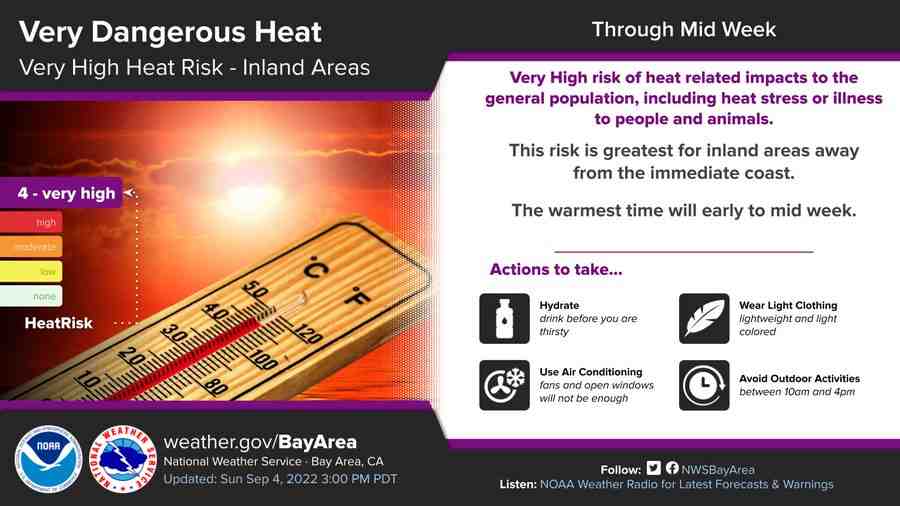
How to stay cool without air conditioning
- Take a cold shower or bath. …
- Use cold washcloths on your neck or wrists.
- Use box fans. …
- Close the curtains or blinds. …
- Sleep with breathable bedding. …
- Sleep in the basement. …
- Do not refrigerate or freeze blankets or clothing. …
- Close the doors of unused rooms.
How to cope with a heat wave without air conditioning? Use box and ceiling fans to promote air circulation throughout your home. In the evenings, when the weather is cooler, open the windows and encourage as much air circulation as possible. Before sunrise, close all windows, be sure to close curtains and blinds.
Can humans survive without AC?
Most people know that air conditioning is necessary in the summer, but some people live without it. This is usually because they think it is too expensive for them to repair or replace their air conditioning system.
Is it OK to sleep without AC?
If you don’t have air conditioning or window or wall units in your household, it can be extremely difficult to sleep on hot summer nights. However, for the circadian system to work most efficiently, your body needs to maintain a normal or slightly lower core temperature.
How do you survive a heat wave without a fan?
Take advantage of the cooling power of water. Fill buckets or basins and soak your feet. Wet towels and bandannas can have a cooling effect when worn on the shoulders or head. Take a cool shower or bath and consider using a spray bottle filled with cold water to freshen up throughout the day.
How do you stay cool during a heat wave?
Eat cold foods and drinks, avoid alcohol, caffeine and hot drinks, and take cool showers or apply cool water to your skin or clothes. Keep your living space cool. Close the windows during the day and open them at night when the temperature outside has dropped. Electric fans can help when the temperature is below 35 degrees.
How can I feel cool without a fan?
If you don’t have a fan, you can open some windows. If you are inside a building or in a car, it is better to open two windows for a crosswind. If you only have one window open, the fresh air coming in will collide with the hot air coming out and your room won’t get much cooler.
Where is the hottest place on Earth?
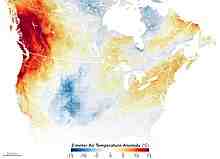
Death Valley holds the record for the highest air temperature on the planet: on July 10, 1913, the temperature reached 56.7 °C (134.1 °F) in the aptly named Furnace Creek area of the California desert. Meanwhile, average summer temperatures often rise above 45 °C (113 °F).
What is the hottest city on Earth? Dallol, Ethiopia Dallol holds the official record for the highest average temperature for an inhabited place on Earth. Between 1960 and 1966, the locality had an average annual temperature of 34.4 °C (93.9 °F), while the average daily maximum temperature was recorded at a scorching 41.1 °C (106.0 °F).
Where is it the hottest right now?
| Plugins | Block | Active | |
|---|---|---|
| comScore, Inc. | comScore, Inc. | See policy |
| Research Now Group, Inc | Research Now Group, Inc | See policy |
Where is it the hottest right now 2022?
Mali is the hottest country in the world with an average annual temperature of 83.89°F (28.83°C). Located in West Africa, Mali actually shares borders with both Burkina Faso and Senegal, which come next on the list.
Where’s the hottest place in the world right now?
1) Death Valley, California Death Valley is a desert valley located in the northern part of the Mojave Desert in the US state of Eastern California.
Where is the hottest place on Earth 2022?
June 14, 2022, 1:06 a.m. JACOBABAD, Pakistan (Reuters) – Heavily pregnant Sonari toils under the scorching sun in fields covered with bright yellow melons in Jacobabad, which last month became the hottest city on Earth.
Is Death Valley the hottest place on Earth?
It’s a bit of an exaggeration when news outlets point to a digital thermometer and claim Death Valley is the hottest place on Earth, Berc said. Meteorologists aren’t usually comfortable saying that one place is the hottest on the planet, because it takes a lot of data and research to confirm that.
Is 2022 the hottest year on record?
July 2022 was the sixth hottest July on record globally, according to NOAA’s National Centers for Environmental Information.
What is the hottest part of your body?
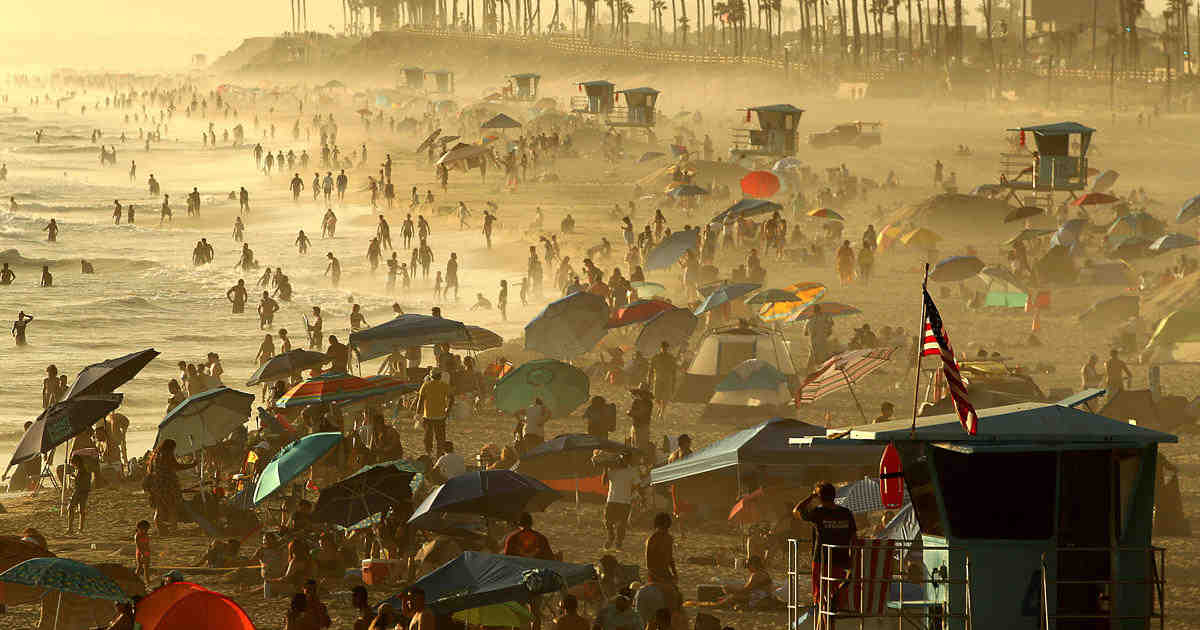
Different parts of our body have different temperatures, the warmest is the rectum (37℃), followed by the ears, urine and mouth.
Which part of the body is the hottest? The warmest parts of the human body are the head, chest and armpits, the Journal Gazette reports.
What’s the hottest part of a man’s body?
Winner: Torso That’s a whopping 37 percent of women who think the torso is the sexiest part of a man’s body.
Is the sun getting hotter?
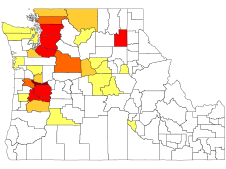
The sun gets hotter (or brighter) over time. But the rate of change is so small that we don’t notice anything even over many millennia, let alone a single human lifetime. Eventually, however, the Sun becomes so luminous that it makes Earth unsuitable for life.
Why is the sun getting hotter? The sun is getting hotter, adding heat to global warming that has been linked to greenhouse gases trapping heat in the atmosphere. Solar radiation reaching Earth is 0.036 percent warmer than it was in 1986, when the current solar cycle began, according to a study published Friday in the journal Science.
Will the sun get hotter in the future?
“In about 1 to 2 billion years, the sun will burn hot enough to completely boil off Earth’s oceans, making liquid water impossible on our planet’s surface. “As the sun gets brighter and brighter, it intuitively gets hotter and hotter.
Will the Sun change in the future?
It showed how our star changes its temperature and brightness as it ages. This work shows that our Sun reaches its maximum temperature at about 8 billion years old, then cools and expands to become a red giant star at about 10-11 billion years old.
How long until the Sun makes Earth uninhabitable?
Scientists found that just 6% more sunlight was enough to overrun the greenhouse effect and evaporate the Earth’s water. At the current speed of light from the Sun – just over 1% every 100 million years – Earth would suffer from this “runaway greenhouse” in 600-700 million years.
Is the sun making the Earth hotter?
No. The sun may influence Earth’s climate, but it is not responsible for the warming trend we have seen in recent decades. The sun is the giver of life; it helps keep the planet warm enough for us to survive. We know that small changes in the Earth’s orbit around the Sun are responsible for the coming and going of ice ages.
Why Is the Earth getting hotter?
Additional greenhouse gases in our atmosphere are the main reason the Earth is warming. Greenhouse gases such as carbon dioxide (CO2) and methane trap the Sun’s heat in the Earth’s atmosphere. It is normal to have greenhouse gases in our atmosphere. They help keep Earth warm enough for life.
How much does the sun contribute to global warming?
In the Intergovernmental Panel on Climate Change’s Sixth Assessment Report, experts concluded that the best estimate of the Sun’s impact on climate between the pre-industrial era (1850-1900) and the present (2010-2019) was that it would add 0.01. watts per square meter due to global energy imbalances that cause …
Will it get hotter every year?
According to NASA, the average global temperature on Earth has increased by at least 1.1°C since 1880. Most of the warming has occurred since 1975, at a rate of about 0.15-0.20°C per decade. NOAA and NASA have reported that 2010-2019 was the hottest decade since records began 140 years ago.
Will 2022 be the hottest year on record?
According to NCEI’s global annual temperature ranking outlook, there is a greater than 99% chance that 2022 will be among the 10 warmest years on record, but an 11% chance that the year will finish in the top five.
Will it get hotter in the future?
Even if countries were to start cutting emissions sharply today, total global warming is likely to rise by about 1.5 degrees Celsius over the next two decades, a hotter future that is now essentially locked in. Climate pass-through There’s an ongoing crisis going on – and lots of news.

